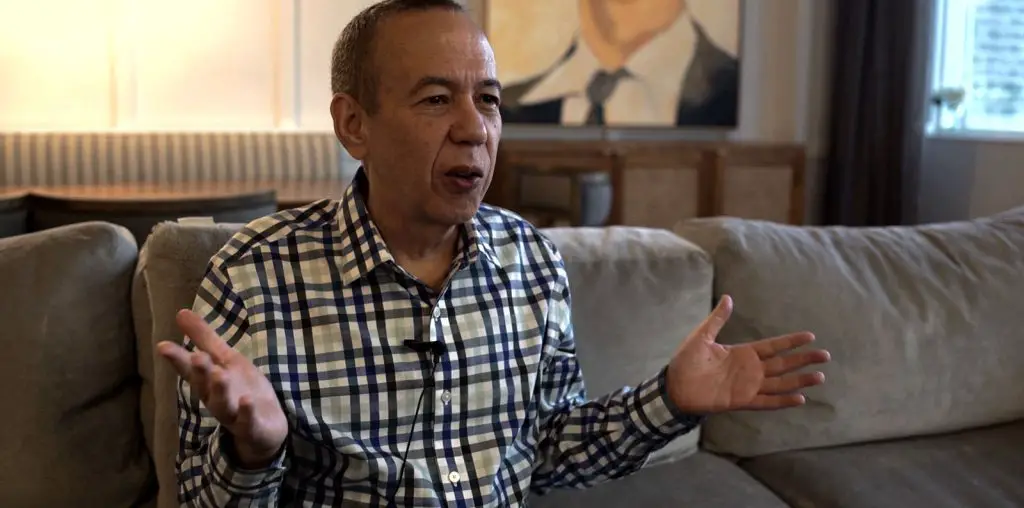
Poverty and ignorance, two insidious and generally complementary problems in American society, often lead to the equally intractable curses of crime and drug abuse. All of these undesirable traits are on display in Jennifer Dworkin’s gritty documentary “Love & Diane.” Yet, the odd thing about this film is that in spite of these all-too-readily apparent traits, this is ultimately a film about hope and recovery. But I’m getting ahead off myself.
Diane Hazzard is a forty two-year old recovering crack addict and single mother of five surviving children. (Her eldest son, Charles, committed suicide.) Love Hinson is Diane’s eighteen year-old daughter…and herself a single mom to her HIV-positive infant son, Donyaeh. Just as Diane’s children were taken away from her due to the neglect caused by her addiction, so, too, does Love lose custody of Donyaeh due to the neglect caused by her depression. “Love & Diane” is supposed to be about three generations of a family trying to rebuild their fractured familial ties. Considering that, at the outset of this film, we learn of Diane’s mother’s alcoholism and subsequent abandonment of Diane and her siblings, “Love & Diane” looks more like a study of how life on public assistance almost inevitably leads to history’s cycle of repetition.
Lest the Republican “Let them eat cake!”-ers gloat too much, however, or the supporters of the welfare state despair, rest assured that the story of Love, Diane and their family provides plenty of ammunition for both sides of the argument on the merits vs. harms of public assistance.
These two and a half hours full of irritation and half-baked arguing vividly points out the shortcomings inherent in the system. We learn, for instance, that Diane has been on some form of public assistance all her life. We chafe at the idea that such assistance included healthy housing stipends, the amount of which is determined by whether or not Love — and, more to the point Donyaeh — are living with Diane. We marvel at the Byzantine, often self-defeating nature of the social service and child welfare systems. We “tsk, tsk!” at the amount of time Diane and/or Love spend with their care workers or wait to receive W.I.C. coupons for free food; time they could be spending at work or looking for a job.
“Shut up! Quit whining and get a job!” audiences want to scream at Love and Diane as they endlessly bicker and complain about how everyone but themselves are responsible for their problems. No system can work adequately when overwhelmed by the stubborn ignorance initially on display.
Yet, Diane eventually completes a job training program, while Love, although still troubled, completes enough counseling and demonstrates enough maturity and responsibility to regain custody of her now two year-old son. These are events, liberals might argue, that could only have taken place with the support of society’s safety net.
It’s tough to sit through 155 minutes of this stuff; our sympathy stretched and eventually snapped in the face of such seeming hopelessness. Diane generates a smattering of sympathy for her courageousness, her turnaround — ten years, drug free — and her determination to rebuild the family that she earlier shattered with her own neglect.
Donyaeh, an unbelievably cute little tike, quickly emerges as the film’s epicenter. Like any child, he simultaneously represents a symbol of hope or the next generation’s burden on society. The one unlikely but true hero who emerges here is Love’s stoically enduring — God knows why — boyfriend, Courtney White. His quiet reassurance, silent presence and willingness to raise a boy who’s not his own no doubt goes a long ways towards turning Love around.
While “Love & Diane” is itself a compelling, if difficult story about the individuals involved, the film resonates more deeply when the viewer considers its titular individuals as examples of the broader societal ills of which they are a byproduct.
